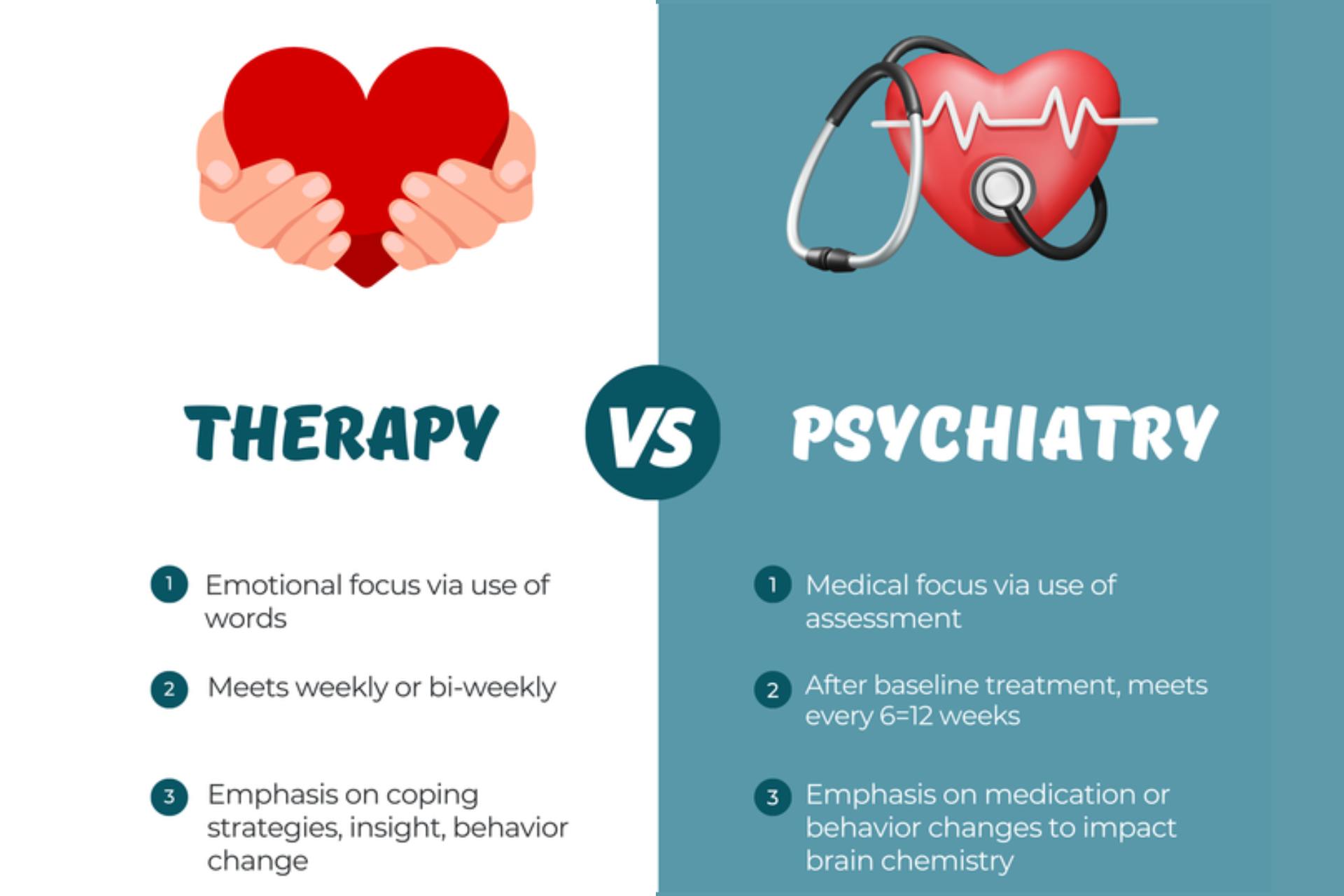
Entering your college dorm for the first time, know it is more than just your living space for the next year. This “home away from home” is the very foundation of your college experience. It can be make-or-break.
A well-designed dorm room can improve everyday life by providing a sanctuary to study, sleep, and socialize. Building a functional and safe home base is one of the best ways to set yourself up for success. Today, we’ll explore ways to create a dorm room that feels like a home away from home.
The Marie Kondo Pillage: What Stays and What Goes?
For most people, moving into a dorm room means downsizing. And downsizing means being selective with what you choose to bring.
Look at this move as a chance to check in with yourself. What items carry sentimental value to you? What items carry functional value? Reflect on your daily routine and find the most essential items.
Most people go too far on either side of the spectrum. They decide to “reinvent themselves” in college and leave everything behind. This isn’t a great call– college is a drastic enough shift without cutting out all of your hobbies and daily routines. You’ll want some form of familiarity if you genuinely want to build a dorm room that your brain intrinsically recognizes as a safe space. Conversely, some people fill bags and bags with their stuffed animal collection, letters from sixth grade, and books they haven’t touched in years. College is a chance to grow as a person, and you’ll only weigh yourself down if every inch of your dorm is covered in relics of the past.
Try the well-known Marie Kondo philosophy and ask yourself if an item sparks joy. Does it hold sentimental value to you? Does it remind you of a happy memory or a phase of your life? Does it hold functional value? Pick the crème de la crème. Leave behind the superfluous.

Splurge or Save: Smart Dorm Styling
Moving is expensive. Even if you’re just hopping from one 10’x10’ room to another, expect to spend a pretty penny.
When making your move list, it’s important to emphasize sustainability. The average college student generates 640 pounds of waste yearly, most of that number coming from move-out dates. Transporting possessions back home can seem daunting, so many choose to pitch all their decor and supplies. This norm is wasteful and expensive.
Stop and ask yourself. Do you need to spend $80 on a headboard that will end up in a landfill after nine months? A good way to put this into perspective is to break dorm supplies down into a “monthly subscription.” For instance, dividing the 80 dollars you’re spending on a headboard for nine months means you’re paying roughly $8.8 dollars a month for this luxury. It’s a good idea to add up all of these similar superfluous expenses and look to see which ones you should cut and keep.
If having a headboard is important to you, then go for it. The monthly subscription technique is an excellent way to weed out aspects of your dorm that don’t have as much return as you’d like. Companies have tapped into the big market of college kids and run campaigns that are intentionally designed to make the stereotypical dorm room seem full of useless, one-year-only items. You don’t need everything they’re selling.
It’s worth splurging to invest in high-quality pieces for your room. A nice mattress topper and duvet can considerably impact your performance in school. As a general rule, don’t skimp on your bed or medicine kit. Go for the behind-the-counter sudafed, and make sure your pillow is comfortable. For high-use items, it can actually be cheaper to go for the more expensive item from the start. Saving 20 dollars on towels by opting for the lower-rated brand may seem swell at first, but when they tear after a few washes you might find replacing them is more expensive than if you’d opted for a name brand from the start.
Save money on decor by printing your own posters, shopping second-hand, or DIY-ing where possible. Trust me, you’ll be glad to have the extra cash once you get to campus. While it might be tempting to put together your Target hauls in advance, hold off until you get the chance to examine your dorm. You may find it’s cool enough that you don’t need a fan. It may be dry enough that you don’t need a dehumidifier. It’s hard to anticipate your needs before move-in day.
Partnership: Dorm Life With Others
A big part of dorm move-in includes getting “set up” with your roommate. A majority of people are going to be sharing their room. Maybe with a friend, maybe with a complete stranger.
If you want your dorm to be a place where you can leave behind the stress of school, you’ll want to get on good terms with your roommate. Chances are, they’re also experiencing homesickness. They’re probably anxious about making friends. You’re both in the same boat.
It’s essential to sit down and discuss boundaries and preferences with your roommates. A lot of the “nightmare roommate” stories stem from miscommunication, prolonged passive aggressiveness, and an inability to be assertive. You should learn certain things about one another to make your shared space more comfortable. Try getting to know the following things about them:
What time do they go to bed?
What time do they get up?
What does their class schedule look like?
Do they plan to go out a lot?
Get a rough sense of when they’ll be home and when they’ll be gone. Talk about respective sleep goals and find ways to avoid disrupting each other during these times. Set boundaries and preferences. For instance, tell them if you’d prefer they wear headphones while listening to music. Listen when they tell you that they are sensitive to scents and would prefer if you apply perfumes/colognes outside the room. Mutual respect is the best way to find compromises.
Make it Feel Like You
If you’ve ever come home after a long day of work or school, you know how your brain can instantly calm when you set foot in your room. It’s important to try and emulate this when you’re in college. Living at school can be a massive change; in the first weeks, it will stress the body and mind.
The best way to start on the right foot is to make the room reflect your interests, personality, and hobbies.
Don’t be influenced to buy a copy-paste dorm room from a site. Don’t design your room around the idea of taking a cute move-in pic for Instagram. Think about what makes you feel good and comforted.
Leave space to grow. You don’t need to fill up your room in the first week.
Keep it Tidy
College is a busy time. But you need to make cleaning your room into a routine.
The presence of clutter can often lead to feelings of anxiety. The buildup of dust or bacteria can lead to illness. Disorganized rooms mean the escape back to your dorm isn’t as effective a reboot as you’d like. All of these negative consequences will seriously cramp your college experience.
Get some Clorox wipes to keep surfaces clean. Ask around your hall and make friends with someone who has a vacuum. Take out your wastebasket frequently, especially if it has food. Open a window to air out the room. Wash your sheets every week to prevent oil and sweat buildup. Simple steps like these can keep you performing at your best.
Treasure the Past and Look into the Future
Invest the effort and time into creating a dorm room you can live in for the rest of the school year. Be mindful of purchases and waste, and spend time on room upkeep. Keeping your dorm as a safe space to return to after long days out will prove invaluable in helping you succeed in college.




